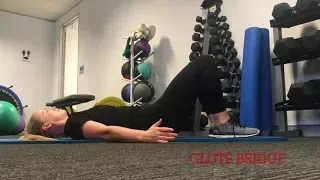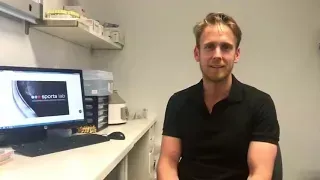OSTEOPOROSIS – THE SILENT DISEASE
February 1, 2024

At Sports Lab, we're diving into the world of swimming injuries and performance optimisation. Our team, boasting former Australian swimming representatives and seasoned physiotherapists who've worked with Swimming Australia, is uniquely positioned to address the challenges faced by swimmers at all levels.

This episode covers simple exercises that can be done at your desk in a chair. Many of us are spending extended periods of time at our computers at home or our desks at work, and movement and stretching is essential! Our bodies rely on good circulation to stay healthy and feel alert. Movement is one of the most obvious ways to get the blood flowing! Give Naz's exercises a try, and consider booking in with one of Sports Lab's therapists if you need some advice and support in setting up your working area space ergonomically.
Your host for this episode: Naz Norian
Don't forget to SUBSCRIBE to the channel for more exercises you can do at home. Feel free to Like and Share this! #WFHtips #exercises #bloodflow #activation #circulation #sportslab #physiotherapy #ergonomics #workingfromhome








